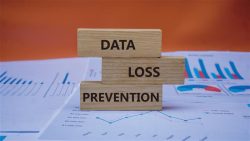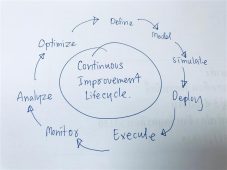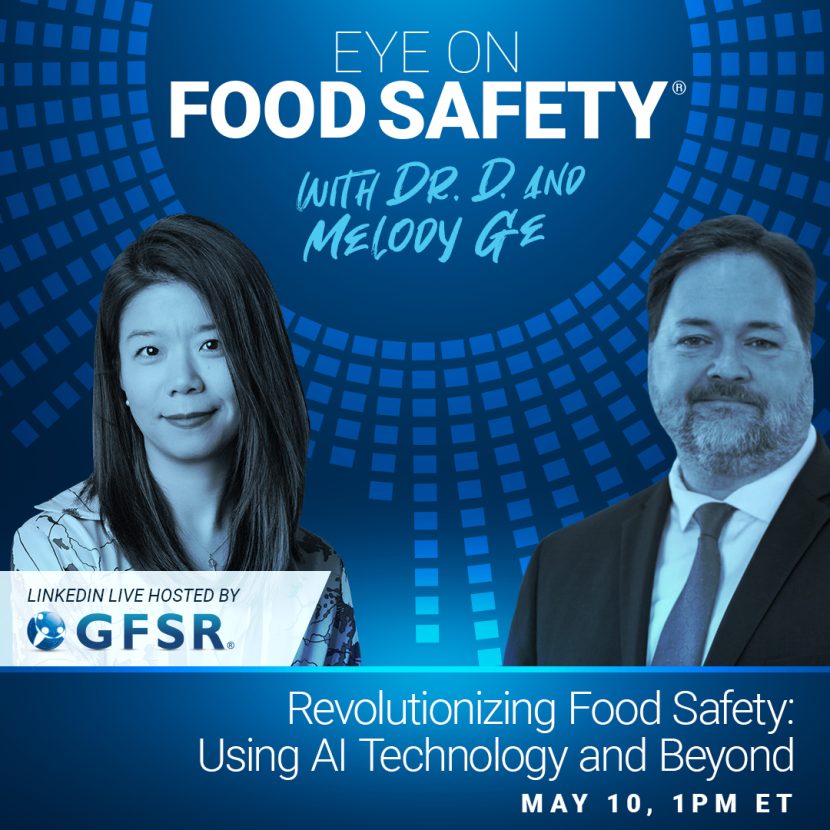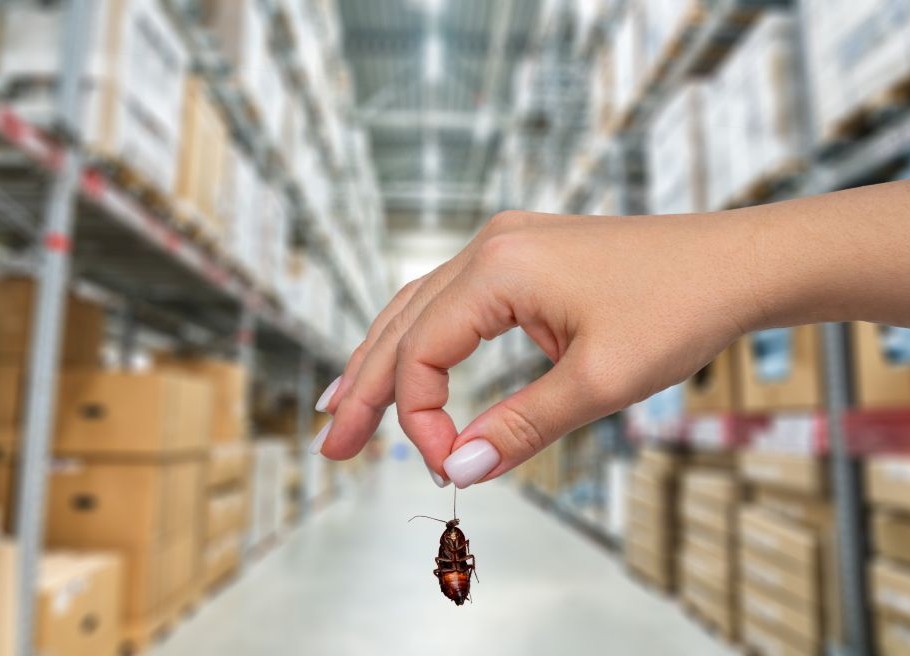Revolutionizing Safety with Data and AI in Food: Insights from Melody Ge and Darin Detwiler
Transcribed from the Eye on Food Safety Podcast
Food safety professionals are no strangers to the rapid technological advancements transforming their industry. From predictive analytics to automated inspections, artificial intelligence (AI) and data-driven solutions are poised to reshape how we ensure the safety and quality of our food supply.
In the May 2024 episode of GFSR’s “Eye on Food Safety” podcast, host Dr. Darin Detwiler sat down with Melody Ge, a seasoned food safety and quality assurance expert who was working for Starkist at the time, to explore the role of AI and data in revolutionizing the field.
Defining the AI landscape in food safety
As the conversation began, Detwiler asked Ge to provide a clear definition of AI in the context of food safety. She explained that AI is not about robots or futuristic scenarios, but rather the digitalization of current practices with technology, software, and data modeling.
“There are a lot of ways we can (approach) digitizing our current food safety practices, our current food safety programs,” she said. “Artificial intelligence, machine learning, data modeling … we have tools out there that can enhance your inspection practices.”
She emphasized that AI is not about replacing human decision-making but rather assisting and enhancing the expertise of food safety professionals.
Artificial intelligence, machine learning, data modeling … we have tools out there that can enhance your inspection practices.
“It still takes us humans to make a decision, to do the assessment,” Ge said. “We still need human experience, micro, our knowledge of what’s a hazard to analyze and assess our food safety program … it’s ultimately us food safety professionals who make the final decision.”
The importance of data foundations
While the potential of AI is undeniable, Ge and Detwiler agreed that the foundation for effective implementation lies in robust data collection, digitization, and analysis. They discussed the challenges faced by some organizations still relying on paper-based records, and the importance of ensuring data quality and validity.
“We have to think about some more foundational steps,” Detwiler said. “Before we can even get to the idea of having a well-oiled artificial intelligence program, we have to think about data collection, data storage, data security, data analysis, digitizing information.”
Among the strengths of AI are the promise of cost savings, time savings, and improved return on investment. Yet, some C-suite stakeholders remain to be convinced.
“A really practical concern is how we convince our stakeholders within the company to gain the resources to implement what we want to achieve, long-term wise, to advance our food safety program,” Ge said. “So, you show-and-tell. There are some free solutions out there, and once you pilot and it started doing some trials, then bring the outcome with you to convince your C level or your other stakeholders.”
Ge said company managers often argue they’re too busy and short-staffed to implement a new system. In fact, she’s faced this herself.
“Within this one facility, there were 10 years, five years of equipment operation data. We used the free Google Colab, and then we learned the data, cleaned the data … sorted the data, made sure the data was valid,” she explained. “We studied about 5 years of data and then used about six months to establish a model …and the QA team can use this model and punch in the key parameters to tell you which equipment could potentially have an incident.”
This not only empowered the QA team with actionable insights but also bridged the gap between food safety and operational efficiency.
“The ROI of that is that you save the energy of rebooting equipment. You save a two-hour production time-out that day,” she said. “Now you’re talking not only the language of food safety, but you’re also talking your stakeholders’ language, your operation team’s language, because they want to save two hours of energy, gas, utilities, water, electricity … the case becomes really straightforward: save time, save cost, be efficient, and you can learn about incidents in real-time.”
Ethical considerations and transparency
Ge emphasized the critical role of data security and user rights, drawing parallels to the food safety industry’s own focus on hazard analysis and critical control points (HACCP).
“We can look at whether the truthfulness of the records actually is going to improve. That’s the good side … you will really be facing less falsified records because the technology is helping you to document it,” Ge said. “The verification, the validation, the monitoring becomes more effective and efficient.”
Recommendations for AI in food safety
As the discussion drew to a close, Ge offered valuable insights for food safety leaders looking to embrace the power of AI and data-driven solutions. Her recommendations centered around rethinking existing processes, fostering cross-functional collaboration, and bridging the gap between food safety and business priorities.
“Rethink your practices, rethink your food safety programs, and rethink your HACCP,” Ge advised. “One of the fun activities that personally I did is to redesign our flow chart within our HACCP, and then with technology, with equipment, with data considered.”
She also emphasized the importance of educating leadership on food safety principles and using data-driven insights, such as rework data, to demonstrate the value of technological investments.
“We could look into our rework data. I know we are familiar with our consumer data. We are familiar with our recall data, rework data that can bridge the gap between you and your C level, because what rework means to a lot to them is operation cost, conversion cost, manufacturing cost,” Ge said.
As the food safety industry navigates the digital transformation, the insights shared by Ge offer a roadmap for professionals seeking to harness the power of AI and data-driven solutions.
This conversation, and all the previous episodes of Eye on Food Safety with GFSR, are available for listening on Apple Podcasts and Spotify, and video recordings of the live event can be viewed on demand with a Premium Subscription from GFSR.

-
 FeaturedRisk management
The Cost of a Breach: What a Cyberattack Could Mean for Food Safety Recalls
FeaturedRisk management
The Cost of a Breach: What a Cyberattack Could Mean for Food Safety Recalls
-
 FeaturedRisk management
Securing the Food Chain: How ISO/IEC 27001 Strengthens Cybersecurity
FeaturedRisk management
Securing the Food Chain: How ISO/IEC 27001 Strengthens Cybersecurity
-
 FeaturedRisk management
Revolutionizing Food Safety Training: Breaking Out of the “Check-the-Box” Mentality
FeaturedRisk management
Revolutionizing Food Safety Training: Breaking Out of the “Check-the-Box” Mentality
-
 GFSI Standards
GFSI 2025: Building Trust, Tech-Forward Solutions, and Global Unity in Food Safety
GFSI Standards
GFSI 2025: Building Trust, Tech-Forward Solutions, and Global Unity in Food Safety
-
 FeaturedFood Safety
Integrated Pest Management: Strategies to Protect Your Brand’s Reputation
FeaturedFood Safety
Integrated Pest Management: Strategies to Protect Your Brand’s Reputation
-
 FeaturedFood Safety Culture & Training
No Open Door Policy: Challenges That Impact Pest Control in Food Processing Plants
FeaturedFood Safety Culture & Training
No Open Door Policy: Challenges That Impact Pest Control in Food Processing Plants




